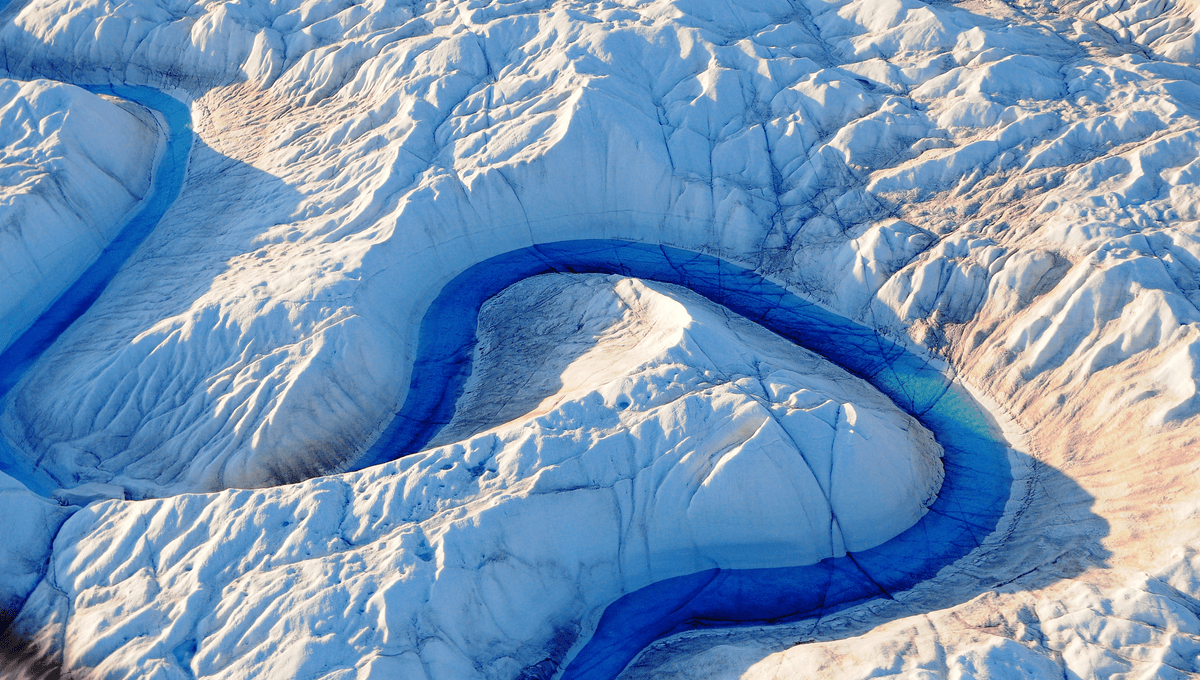
Around 80 percent of Greenland is coated in a thick ice sheet, beneath which lie all kinds of mysteries. Along with long-lost mountains and rocky canyons, the world under Greenland’s ice sheet provides scientists with some invaluable insights into the distant past of our planet.
The island of Greenland is the world’s largest island, measuring around 2.17 million square kilometers (836,000 square miles) in size, over three times the area of Texas.
Just 410,000 square kilometers (158,000 square miles) of that surface are ice-free, meaning the ice sheet extends for around 1.7 million square kilometers (656,000 square miles), according to the National Snow and Ice Data Center. At its thickest point, the Greenland ice sheet is over 3 kilometers (1.9 miles) thick.
The Greenland ice sheet is the second-largest ice body in the world, beaten only by the Antarctic ice sheet on the polar opposite side of the planet. Just like Antarctica, a landmass dwells beneath Greenland, unlike the Arctic which is simply ice floating on the sea.
Under Greenland’s ice, there’s a mysterious land that features all kinds of mind-blowing geological structures, including the world’s largest canyon called the Grand Canyon (not to be confused with Arizona’s more famous gorge).
Greenland’s mega-canyon is more than 750 kilometers (466 miles) long, up to 800 meters (2,600 feet) deep, and 10 kilometers (6 miles) wide. It was likely carved out by a colossal river that ripped through the area some 4 million years ago.
Remarkably, there’s even evidence of plant life deep under Greenland. In 1966, US military scientists took a core sample by drilling through nearly a mile of ice in northwestern Greenland and obtaining a 4.5-meter (15-foot) long tube of dirt from the bottom.
When the sample was rediscovered decades later, researchers found contained twigs, leaves, and one-of-a-kind fossil plants. This affirms the theory that Greenland was, in fact, once green. Scientists believe that large parts of Greenland were ice-free around 400,000 years ago, covered in spruce forests and scrubby tundra land.
Over the next century, there’s a decent chance we’ll be seeing a lot more of the world beneath Greenland – and that’s not a good thing. As a result of warming temperatures linked to climate change, Greenland was 1.5°C (2.7°F) warmer than the 20th-century average in the decade from 2001-2011 and the hottest the region’s been for over 1,000 years.
This is catastrophic for its ice sheets and is set to raise sea levels by a significant amount within the next few decades, causing destruction and redistribution around the planet
Source Link: What's Found Under Greenland's Kilometers Of Ice?